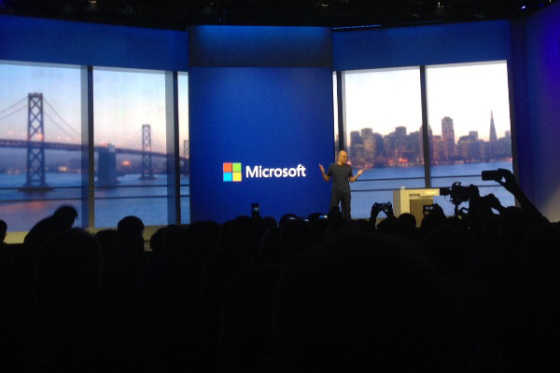
ThinkGeek’s April Fools’ Day fake-product lineup is a must-see for gadget lovers – this year’s offerings included a Keurig-like beard growing machine, a NERF Nuke to end all dart-gun wars, Rosetta Stone for Klingon and more.
The only problem with these fake gizmos is that sometimes they’re cool enough that people actually want to buy them. And in a few instances, ThinkGeek has brought its April Fools’ creations to life: the Star Wars-themed Tauntaun sleeping bag and the iCade iPad arcade cabinet being two prominent examples.
The $30 Laser-Guided Tactical Necktie isn’t an actual product, but – BUT! – it could be. The pitch: it’s made of durable nylon, and sports a D-loop, a militarily-inspired MOLLE system, and two removable pouches – one for carrying small items and the other housing a laser pointer.
As you can see in this photo, the tie looks wonderfully ridiculous:

Search your feelings. You’d either wear this or you know someone who’d wear this. And more than a few people in the comments section of the product page are trying to will it into existence, too.
I’m going to go out on a short limb and guess that this becomes an actual product. If you’ve got a hankering to accelerate the process, you can vote to have it become real (along with the other April Fools’ items) on this page here.
Laser-Guided Tactical Necktie [ThinkGeek]








